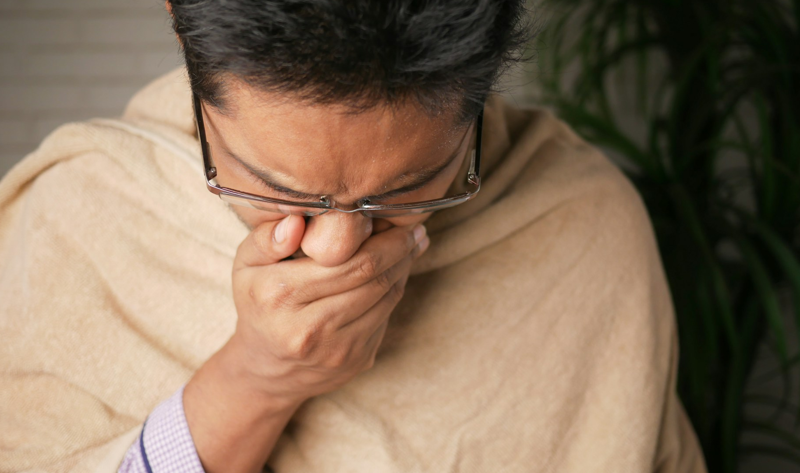Clinical findings may be subtle, especially in the acute setting but specialized tests such as eternal rotation recurvatum test, posterolateral drawer test, reverse pivot shift test, and dial test are particularly helpful. A characteristic radiographic finding is the arcuate sign, whereas medial Segond fractures can be associated with posterolateral corner injuries. Posterolateral corner injuries can produce considerable disability. Significant injuries result in lateral instability and gait abnormalities. Without the static stabilizers of the posterolateral corner, the convex surface of the lateral femoral condyle and lateral tibial plateau may result in lateral opening with heel strike producing a varus thrust gait. Injuries of the posterolateral corner are far less common than collateral or cruciate ligament damage. Injury to the posterolateral corner often occurs in conjunction with other ligament damage. The most common ligament injured in addition to posterolateral corner injuries are either an anterior cruciate or posterior cruciate ligament.
History
It has been reported that 40% of posterolateral corner injuries occurred as a result of sports injuries. A blow to the anteromedial knee, hyperextension, or varus forces causes most posterolateral corner injuries. Patients with chronic instability often report limitation of activity secondary to instability, such as knee giving-way during knee extension maneuvers like climbing stairs. It is important to also rule out injury to the common peroneal nerve. The patient should be questioned regarding initial or intermittent sensory or motor deficits of the ankle or hallux.
The Physical Examination
Alignment and gait are assessed initially if possible. In the setting of chronic posterolateral insufficiency the patient may stand in asymmetric, pathologic varus alignment; knee-flexed gait instead. Asymmetric hyperextension would suggest posterolateral corner injury. It has been reported a 12.7% incidence of common peroneal nerve injury with posterolateral corner injuries. Most of these patients had combined motor and sensory deficits. Intact sensation along the dorsum of the foot and first web space should be documented as well as the strength of hallux, ankle dorsiflexion, and ankle eversion to evaluate the common peroneal nerve. The possibility of a knee dislocation should be raised in the setting of multiple ligament injury to the knee.
External Rotation Recurvatum Test
This test was described by Hughston and Norwood in 1980. With the patient supine, the examiner holds onto both of the patient’s great toes and lifts their heels off the examination table at the same time. A patient with significant posterolateral corner injury will hyperextend the affected leg compared with a normal knee. There is often an associated external rotation of the knee and tibia vara. Hughston believed the examiner should look at the tibial tuberosities, while performing the test to watch for the associated tibial external rotation. He also described an alternative method to perform the test by holding the heel of the patient with one hand and gently holding the posterolateral aspect of the knee in 30° of flexion with the other hand. As the leg is brought into extension from 30° of flexion, the examiner can feel the relative hyperextension and external rotation. The test is positive with significant posterolateral corner injury and cruciate ligament damage.


Recent Comments